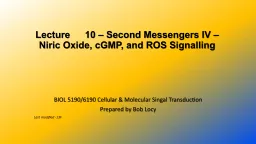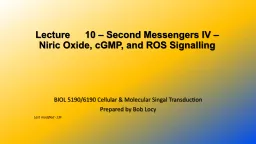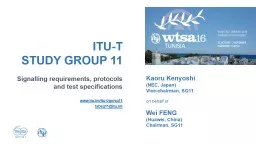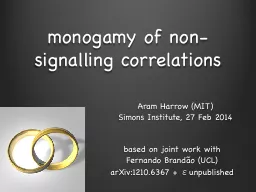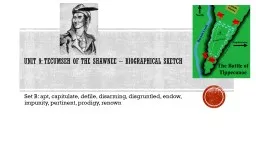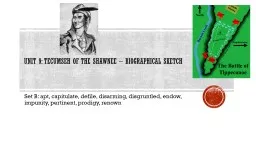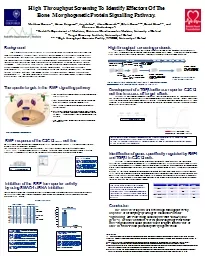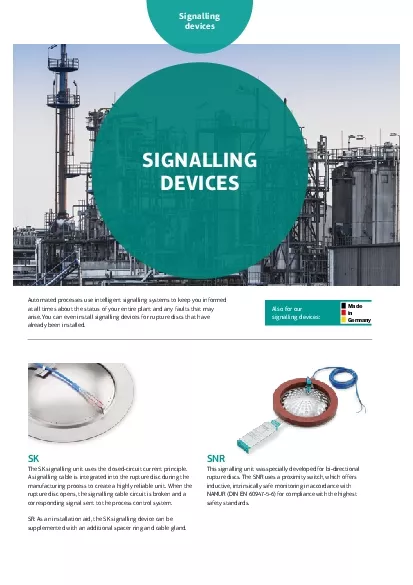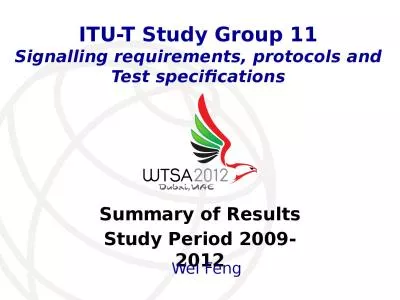PPT-Cell signalling : Disarming
Author : melanie | Published Date : 2024-01-29
Wnt Roel Nusse The secreted enzyme Notum has been found to inhibit the Wnt signalling pathway through removal of a lipid that is linked to the Wnt protein and
Presentation Embed Code
Download Presentation
Download Presentation The PPT/PDF document "Cell signalling : Disarming" is the property of its rightful owner. Permission is granted to download and print the materials on this website for personal, non-commercial use only, and to display it on your personal computer provided you do not modify the materials and that you retain all copyright notices contained in the materials. By downloading content from our website, you accept the terms of this agreement.
Cell signalling : Disarming: Transcript
Download Rules Of Document
"Cell signalling : Disarming"The content belongs to its owner. You may download and print it for personal use, without modification, and keep all copyright notices. By downloading, you agree to these terms.
Related Documents


